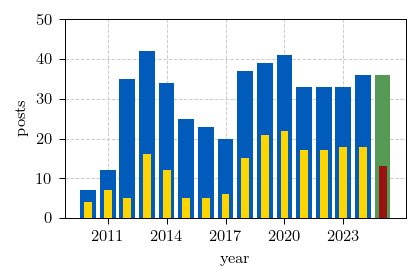Veritasium video on power-law distributions
In a recent video Veritasium talked about a topic close to our heart - power-law distributions! It is a neat video, which covers a lot of important models and concepts. And it also explains the implications of power-law distributions on everyday life. We invite you to watch it, and maybe revisit our posts on some of the models discussed in the video (such as The Saint Petersburg paradox, Ising model, self-organized criticality models, Barabasi-Albert model).

